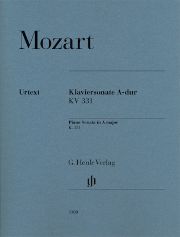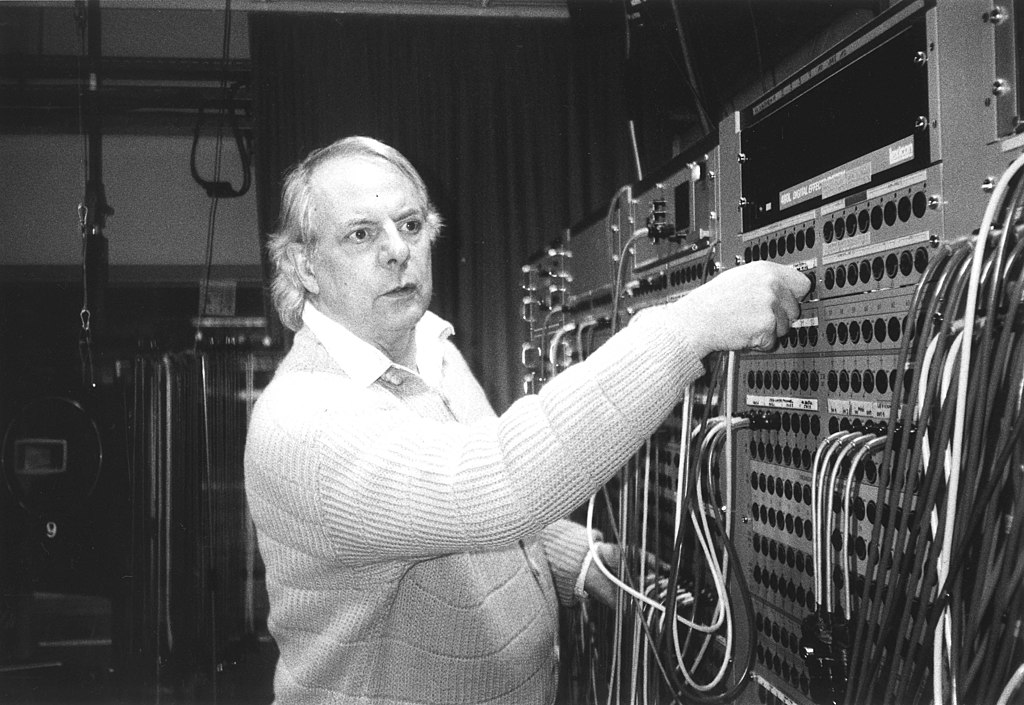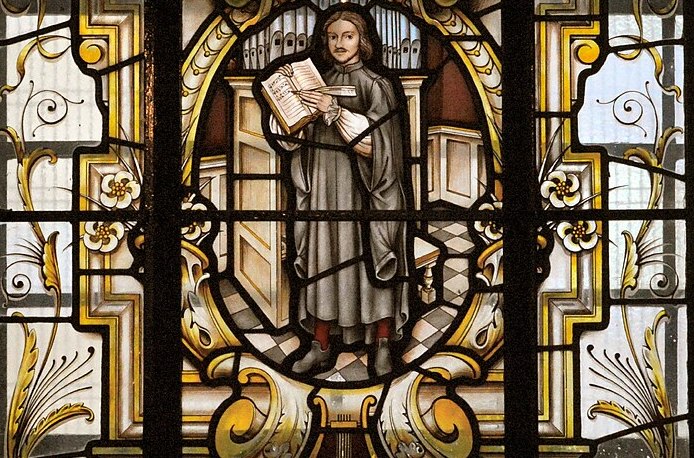Catchy tune with new shades
Even well-known pieces such as Mozart's A major Sonata are occasionally a source of new information.

Of Mozart's 18 piano sonatas, the one in A major K. 331 is probably his most popular. The variation theme of the first movement, which Max Reger used for his own Mozart Variations for orchestra is just as catchy as the concluding Rondo Alla Turcawhich has recently caused a sensation in Fazil Say's version. However, none of these arrangements can match the magic of the original.
Speaking of the original: In September 2014, a sheet of music in Mozart's own hand was discovered in the Hungarian National Library in Budapest, which contains essential parts of the sonata. The G. Henle publishing house took this discovery as an opportunity to "fundamentally" revise its previous Urtext edition. And the work has already been recorded on CD in this version by pianist William Youn.
Well, the changes are not so "fundamentally" different and "sensational" after all. They mainly affect the 2nd movement, where individual notes of the theme and the harmony of a small section deviate from the usual. At least we now have the opportunity to study the sources in detail in the extensive Critical Apparatus and draw our own conclusions.
However, the new dating of the work is revealing: according to recent research, it was not written in Paris in 1778, but in 1783, when the centenary of the liberation of Vienna from the Turkish siege was celebrated. Is in the Alla Turca perhaps a big pinch of irony after all?
Incidentally, the A major Sonata (which does not contain a single sonata movement!) is not often heard in concert. The work is mainly popular in the classroom. Will this perhaps change with the new Henle edition?
Wolfgang Amadeus Mozart, Piano Sonata in A major KV 331 (Alla Turca), edited by Wolf-Dieter Seiffert, HN 1300, € 7.00, G. Henle, Munich 2015









